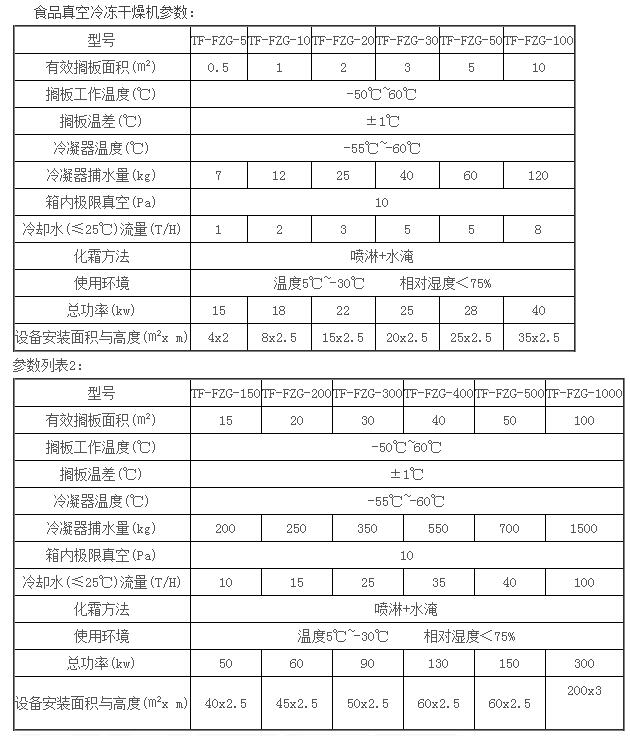Food vacuum freeze dryer (freeze dryer) deep processing kelp freeze-drying production steps


As mentioned above, the advantages and significance of food freeze dryer in deep processing of kelp, this article will introduce the freeze-drying production steps of deep processing kelp of food freeze dryer:

a, kelp pretreatment;
b, cut type;
c, steaming;
d, cooling, draining;
e, paving, freezing;
f, vacuum freeze-drying: the frozen material is sent to the freeze-drying chamber of the food vacuum freeze dryer, heated and dried for 16 to 28 hours under the vacuum of 0-60Pa, and the final temperature of the product cannot exceed 60. °C, dehydrated and dried into a finished product due to sublimation;
g, sorting;
h, metal detection;
i. First install the product with a clean double-layer food grade plastic bag, then seal it.

Article Editor: Shanghai Tuoli Machinery Co., Ltd. {Search for the company name to find us

For the treatment of diseases of the respiratory system:
Diseases and conditions of the respiratory system fall into two categories: Viruses such as influenza, bacterial pneumonia and the new enterovirus respiratory virus that has been diagnosed in children; and chronic diseases, such as asthma and chronic obstructive pulmonary disease (COPD). According to Dr. Neal Chaisson, who practices pulmonary medicine at the Cleveland Clinic, there is not much that can be done for viral infections but to let them run their course. "Antibiotics are not effective in treating viruses and the best thing to do is just rest," he said.
COPD is the intersection of three related conditions - chronic bronchitis, chronic asthma and emphysema, Chaisson told Live Science. It is a progressive disease that makes it increasingly difficult for sufferers to breath.
Asthma is a chronic inflammation of the lung airways that causes coughing, wheezing, chest tightness or shortness of breath, according to Tonya Winders, president of the Allergy & Asthma Network. These signs and symptoms may be worse when a person is exposed to their triggers, which can include air pollution, tobacco smoke, factory fumes, cleaning solvents, infections, pollens, foods, cold air, exercise, chemicals and medications.
Lung cancer is often associated with smoking, but the disease can affect non-smokers as well. Every year, about 16,000 to 24,000 Americans die of lung cancer, even though they have never smoked, according to the American Cancer Society. Like all cancers, lung cancer is caused by the uncontrolled growth of abnormal cells.
Breathing System,Dextromethorphan Medicine,Ambroxol Medicine
NOUVASANT GROUP LTD. , https://www.nouvasant.com